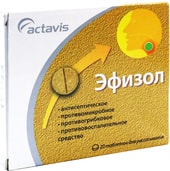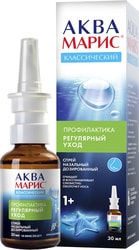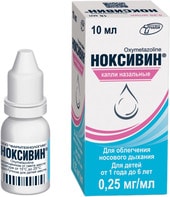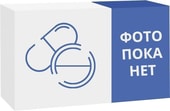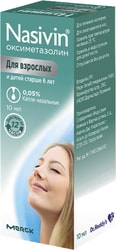The ORTO KGK-110 thoracolumbosacral brace provides semi-rigid support and stabilization for the thoracic and lumbosacral spine. Its anatomically designed, split base features non-elastic central panels for firm support and flexible side panels for comfort and a customized fit. The brace incorporates adjustable rigid stays; two long stays run along the spine, while two shorter stays support the sides. One or two pairs of elastic straps, depending on size, further enhance stabilization and compression. Reclining straps, complete with soft padding for enhanced comfort, allow for precise postural correction. A central loop secures the recline straps, and convenient Velcro closures are positioned on the elastic and recline straps as well as the edges of the side panels.
The KGK-110 brace is indicated for:
